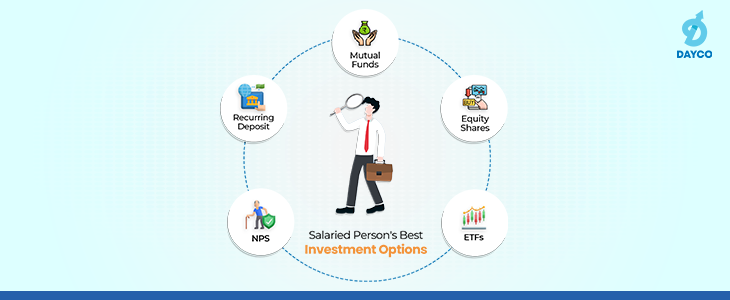Investing in mutual funds can be a confusing journey, especially for those new to the world of finance. Among the myriad of terms and concepts you’ll encounter, one that often confuses many investors is the Net Asset Value, or NAV, of a mutual fund. It’s a number that seems to carry a lot of weight, but is it really as important as it appears? Understanding the NAV Misconception The Net Asset Value, NAV, is the per-unit market value of a mutual fund. NAV is derived by summing up the market value of all the securities held within the fund’s portfolio, …
The Myth About Mutual Fund NAV

























